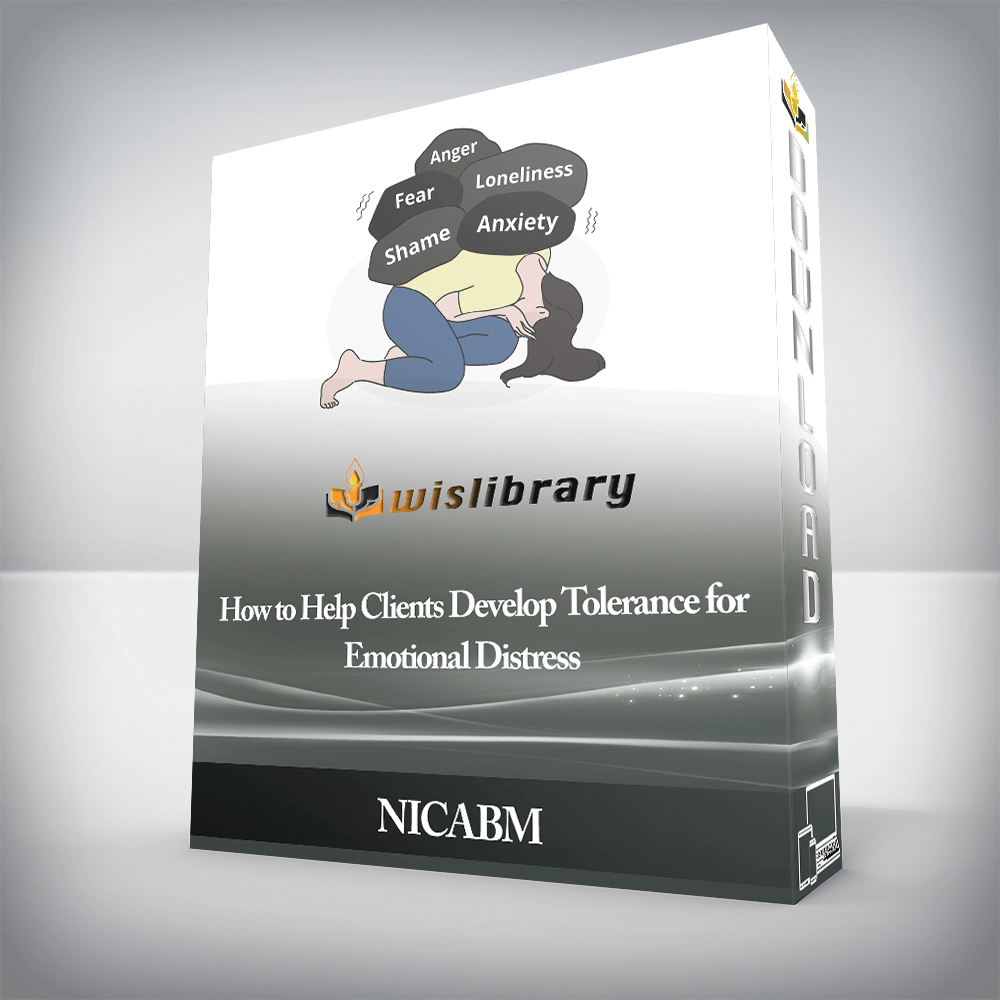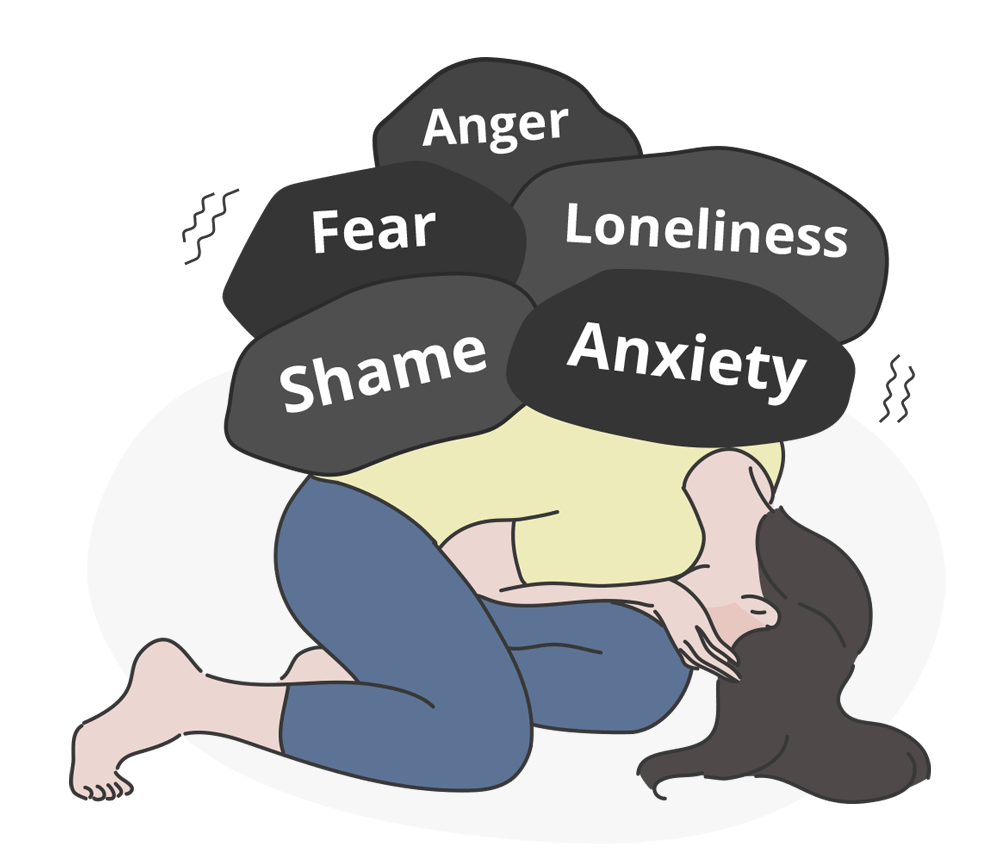

How to Help Your Client Build Their Tolerance for Distress…
File Size: 3.75 GB.

Emotional distress – it’s messy, it’s painful, even overwhelming. Most of us will do anything to just not feel it. But here’s the thing . . .
When a client can’t tolerate difficult emotions, it can cost them dearly.
It can trap them in fear and loneliness. It can wreak havoc on their most precious relationships. And it can lead them to “numb out” and try to escape the pain through substance abuse, binge-eating, excessive sleeping, and even self-harm.
Not only that, but when a crisis hits, the inability to tolerate painful emotions can send your client spiraling even further into avoidant behaviors that only ramp up their distress.
But how do you “sell” clients on the idea that usually, the way out of distress is through it?
And beyond that, how do you help them lean in to the experience of distress so they can learn to tolerate it – instead of relying on harmful coping strategies that only make their lives worse?
We turned to 21 of the world’s top experts to hear how they work with clients to help them develop greater distress tolerance. Here are their best strategies that you can start using with your clients today.









 |
Downloadable videos so you can watch at your convenience, on any device |
 |
Audio recordings you can download and listen to at home, in the car, at the gym or wherever you like |
 |
TalkBack Segments to distill key ideas (this is where we “land” the session) |
 |
Next Week in Your Practice sessions to give you concrete strategies to use with clients |
 |
Professionally-formatted transcripts of the sessions, to make review and action simple |
 |
Five downloadable bonus videos to help clients develop tolerance for emotional distress |

“When I listen to the experts talk openly about their experience, I feel so fortunate to have this access to brain power, experience and research synthesis on cutting edge issues! I go back to the videos to reinforce things that will assist my clients.”

“I live in Nova Scotia and have limited travel funds at the university at which I work. The series provided by NICABM gives me the rare opportunity to listen to the leaders in the field. As a result, I learn valuable information that would not otherwise be available to me. I benefit, my practice benefits, and most important my clients benefit from the knowledge and wisdom I gain from the series.”

“These NICABM series keep me afloat, in touch, on track, well trained in my field, and more personally healthy. The best aspect, though, is that I feel validated and comforted knowing that some dare to go the extra journey to research and educate, so I can walk the path to health, and can share with others.”
There are no reviews yet.
You must be <a href="https://wislibrary.org/my-account/">logged in</a> to post a review.